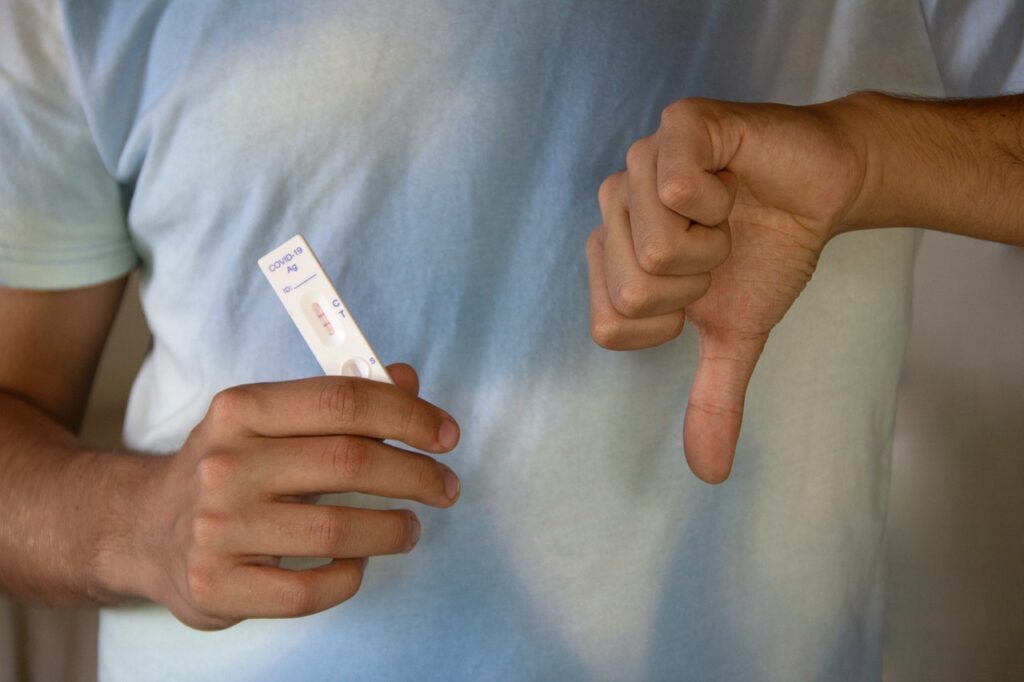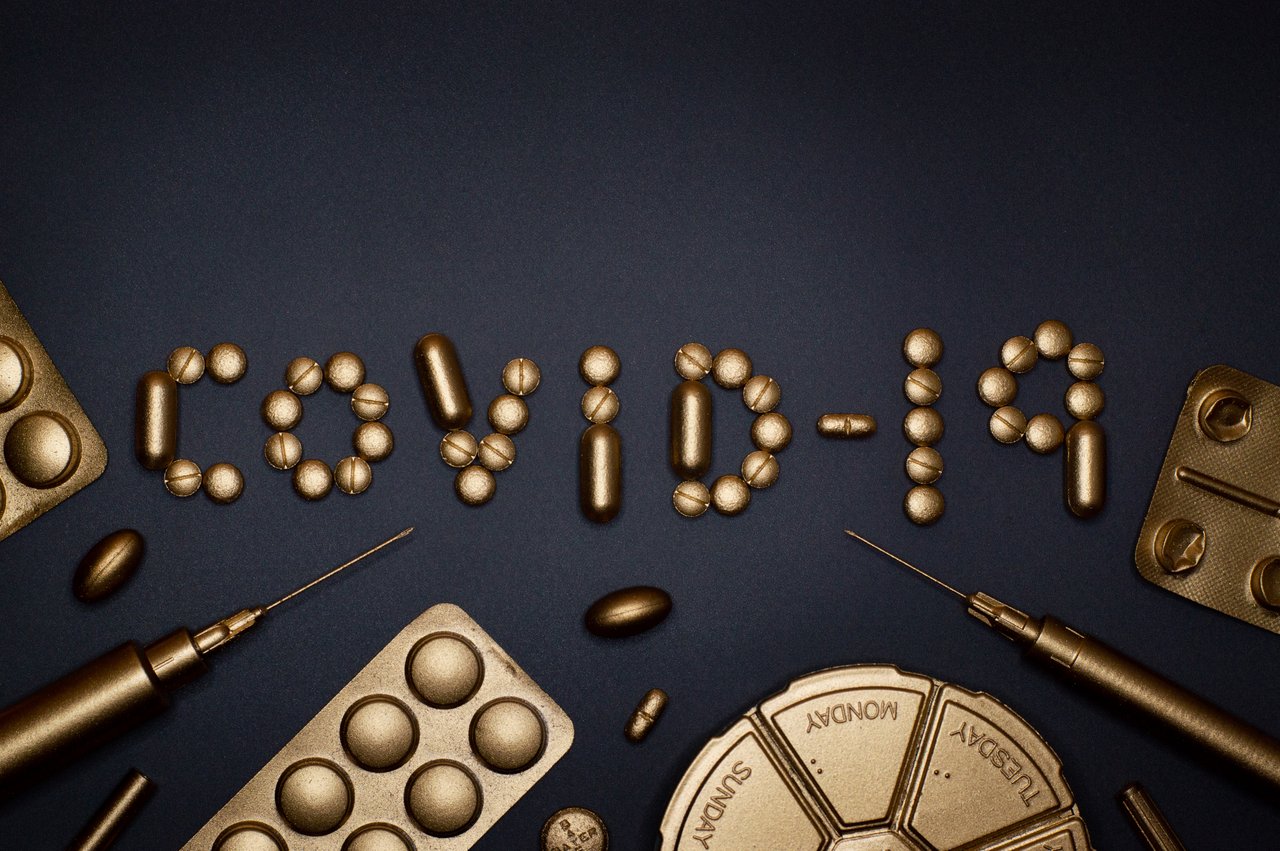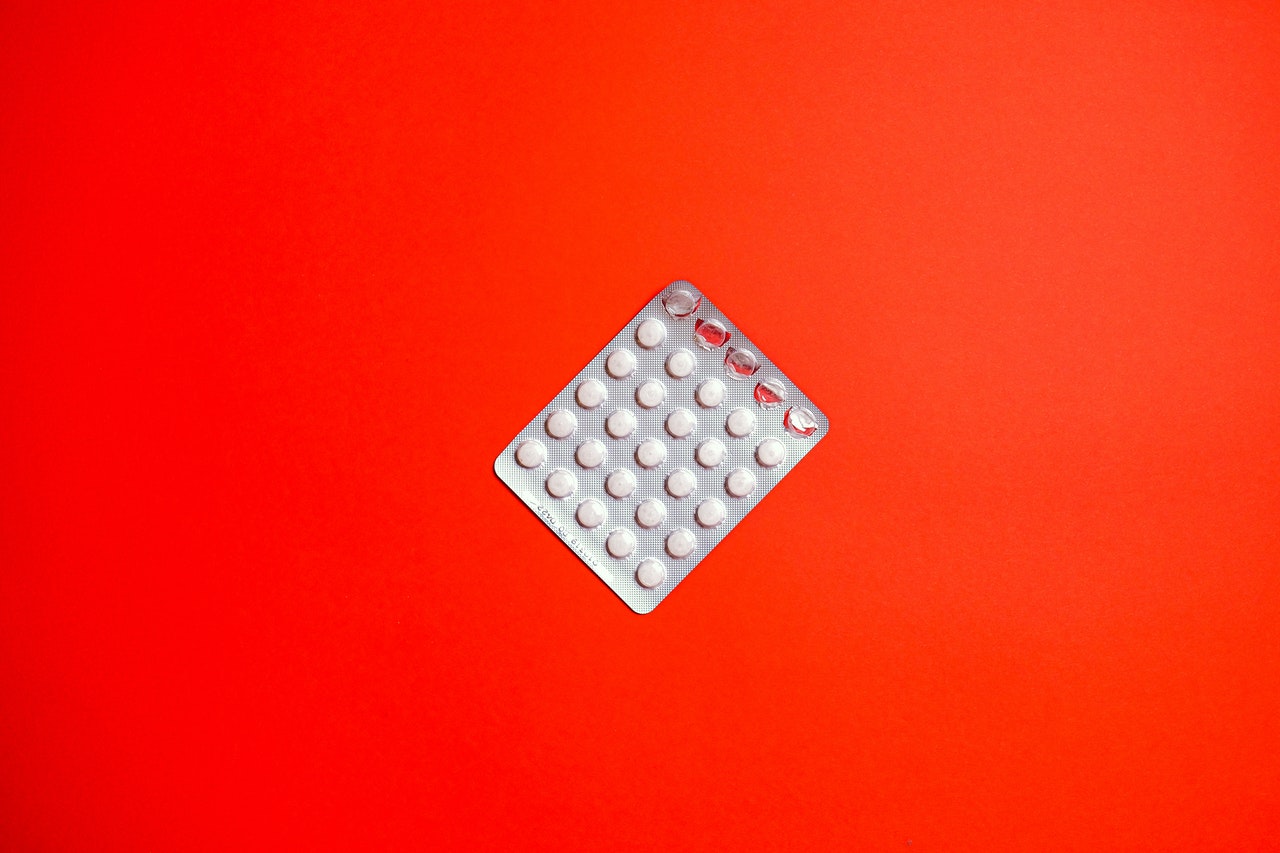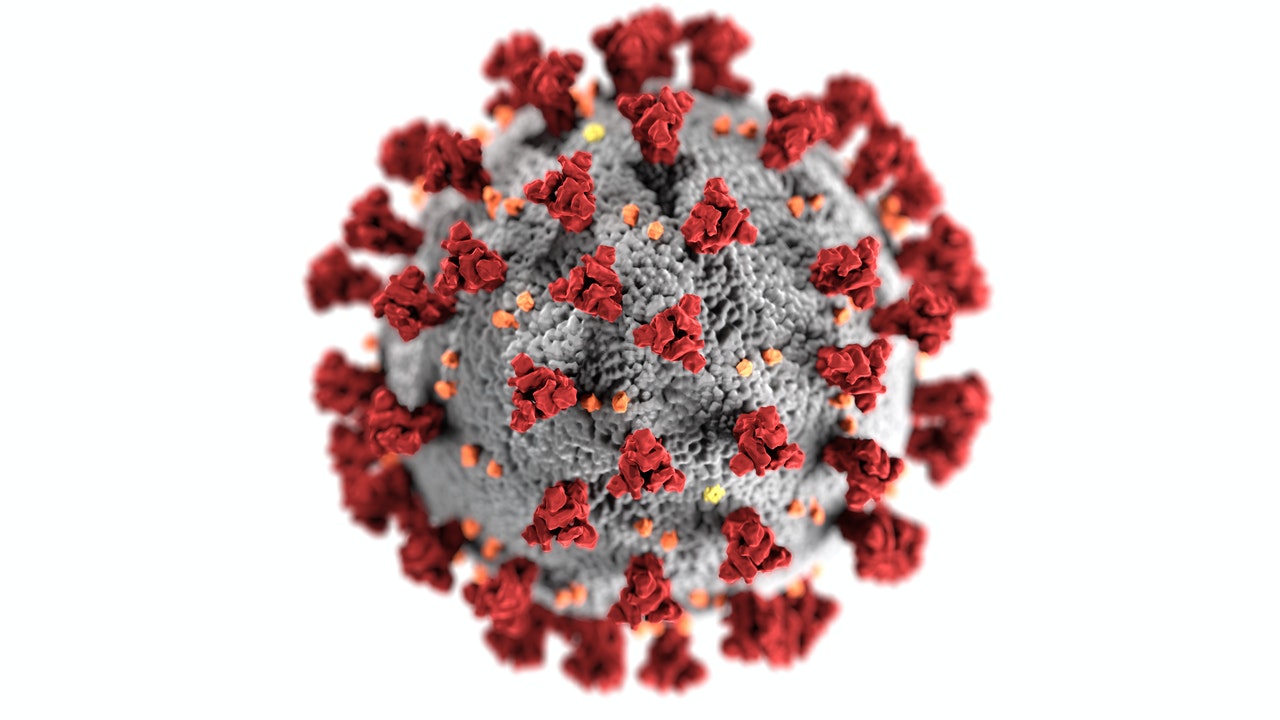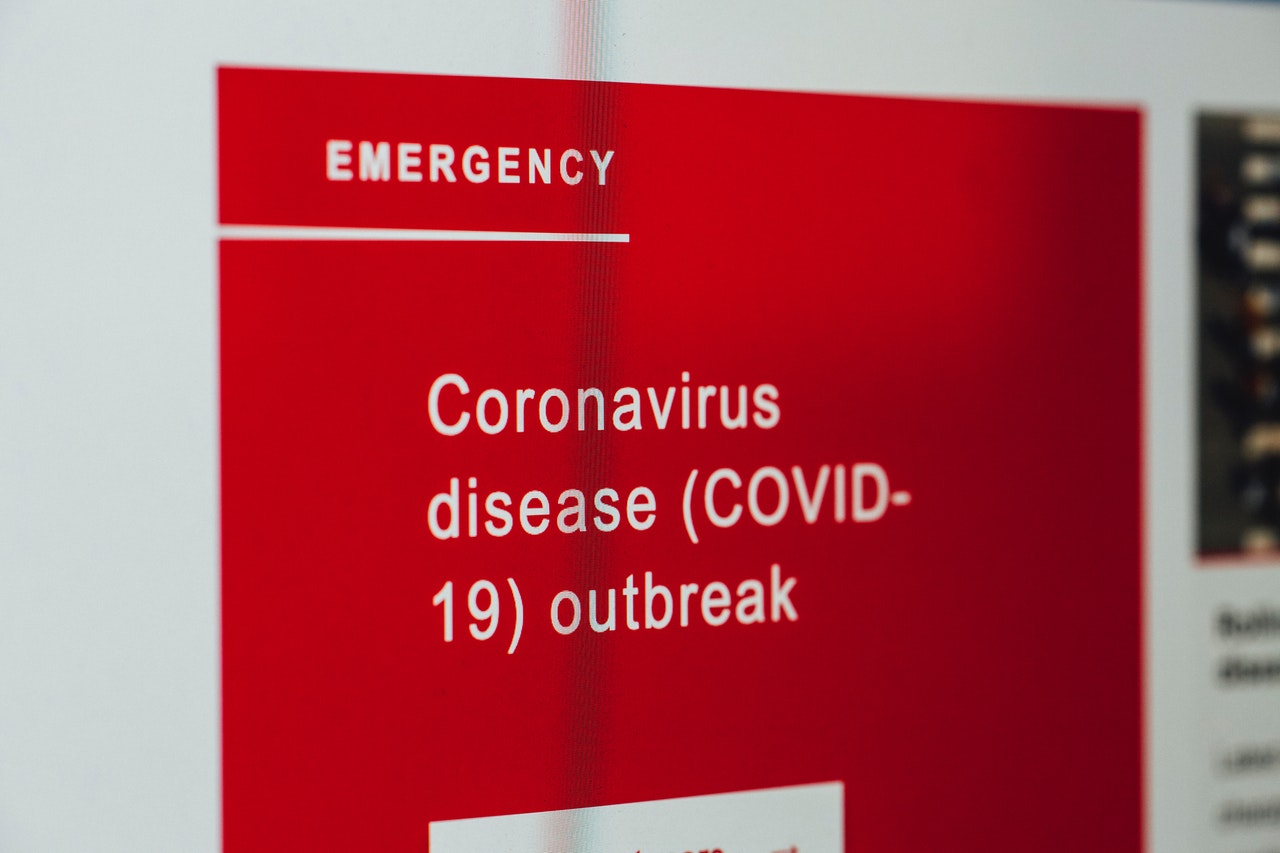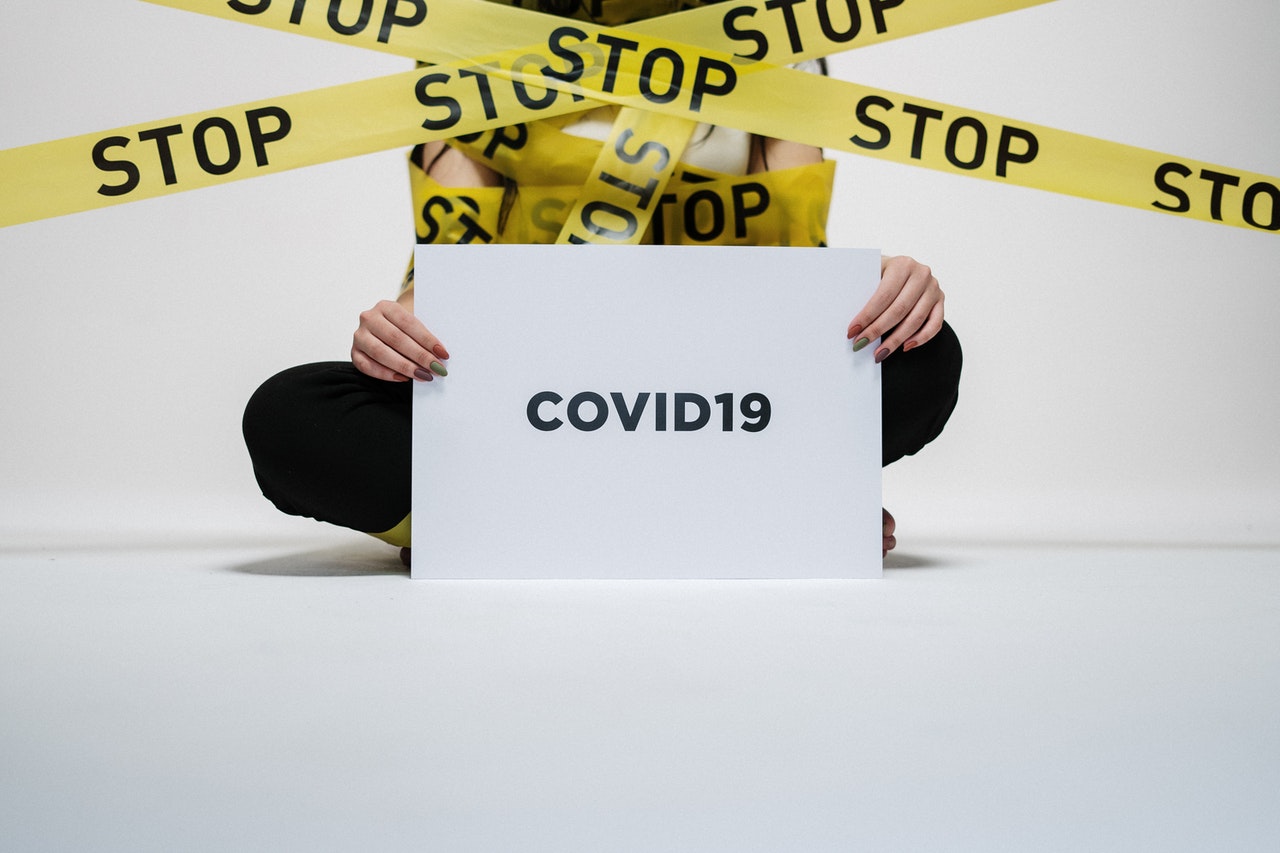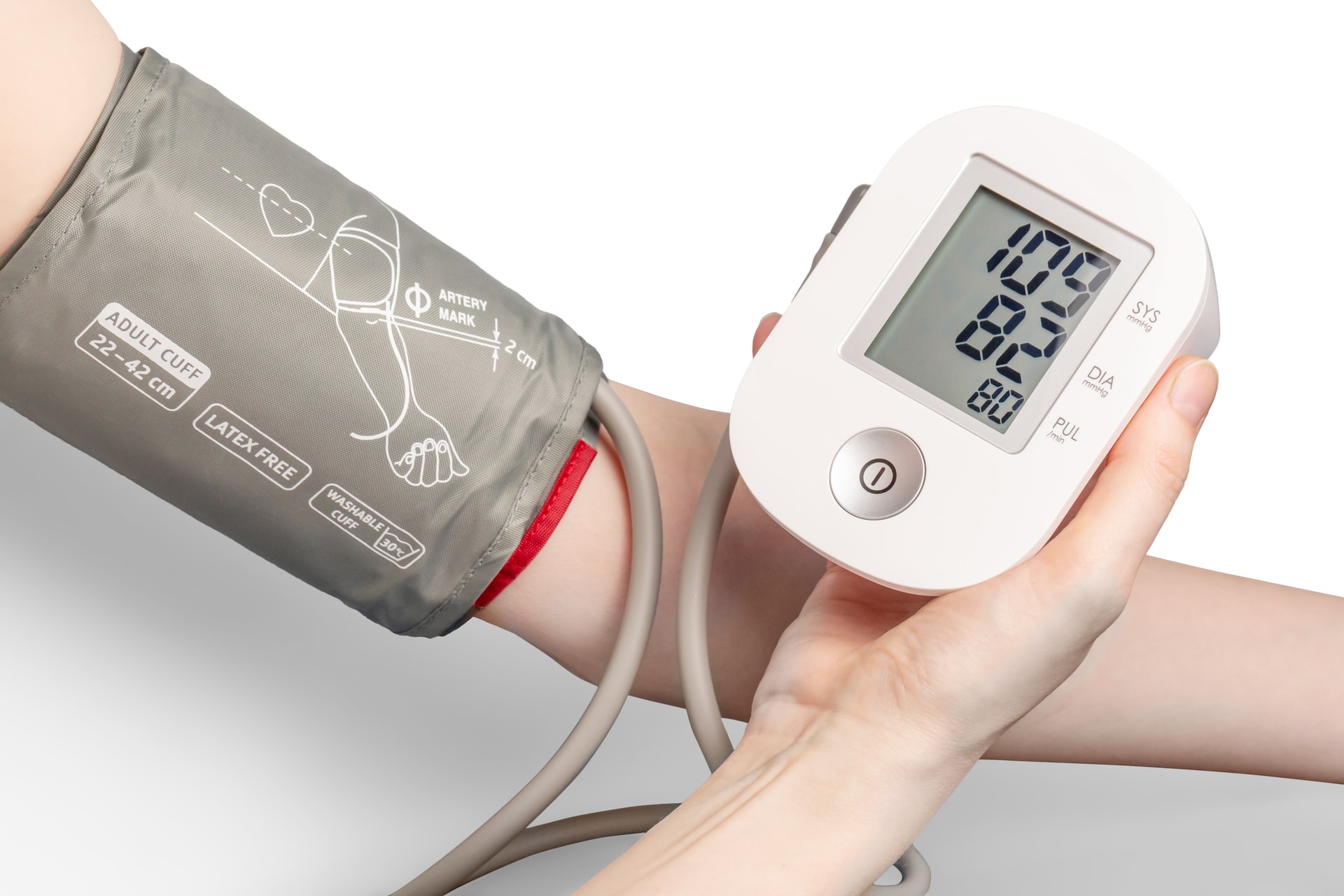Reading Time: 2 minutes
- A human body is made up of over 30 trillion (1 Trillion = 1012) cells, which are divided into about 200 cell categories, e.g. skin cells, stem cells, muscle cells, etc.
- And because it is an attractive place (full of nutrition) for pathogens (virus, bacteria, etc.), the body is always at risk of invasion by these foreign objects.
- To control this invasion, the body deploys over 20 billion (1 billion = 109) leukocytes (white blood cells – a key component in our blood) that roam around the body like security personnel.
- But since the cell population is huge, it could be difficult for leukocytes to identify any invaders (bacteria, virus, etc.) that move in secretly.
- So, the body has given highly-visible tags to every cell that belongs to the body.
- These tags or markers are called antigens, and they read something like: “My name is Skin-Cell, and I am not an invader.”
- The leukocytes keep monitoring all the cells in the body, and the moment they sense anything whose tag (antigen) doesn’t seem valid, they call the armed forces of the body (B-cells & T-cells) and give them the tag details of this pathogen.
- B-cells & T-cells produce customised antibodies (soldiers) that exactly match the pathogen tags and get attached to each pathogen like a key in the lock and kill all of them.
- Now, the Rapid Antigen Test is a medical test that quickly checks if a virus with the tag coronavirus is present in the body or not.
- PCR stands for Polymerase Chain Reaction, and it works like a photocopy machine.
- In this test, the DNA collected by swabs is heated in a protein substance called polymerase.
- If you have seen an image of DNA, you know that DNA is like two strands woven together.
- Heating with polymerase undoes the weaving of the strands, and two single strands of DNA emerge.
- The mixture is cooled down, and polymerase binds to both the single strands and makes them double-stranded.
- Just that in this case, one strand of DNA gets woven with one strand of polymerase.
- So, we had one double-stranded DNA initially, and now we have two.
- Now, these two double-strands are heated with polymerase, and they become four single strands—all containing some part of the DNA.
- The mixture is cooled down, and again polymerase binds with these four single strands to make them four double-stranded pieces.
- This heating and cooling process is repeated several times, and each time, the double-stranded pieces grow two times.
- Such amplification of a small DNA sample gives a clear picture to the DNA reading machines, which then detect coronavirus with an accuracy of almost 100%.
- And because they require a lab, equipment and a technician, PCR tests can’t be as quick as the Rapid Antigen Test.
Image courtesy of Alex Koch through Pexels
Reference shelf :

